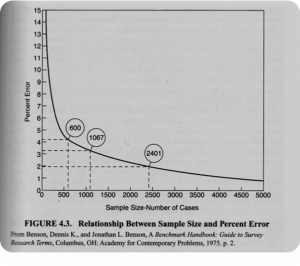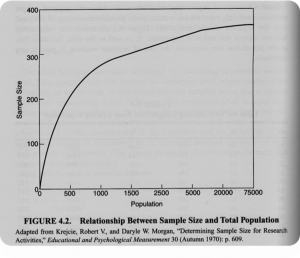Author
László Ketskeméty
Mini Project ID
BMEMPLOAD2
Description
The case: Illegal overweighting of heavy goods vehicles is a major problem throughout Europe. Heavy goods vehicles, buses and coaches transporting goods in Europe must comply with certain rules on weights and dimensions for road safety reasons, and to avoid damage to roads, bridges and tunnels.
The ultimate goal of the project would not be only to control and sanction the weight of heavy vehicles, but to monitor the total European road network, forecast deterioration, plan maintenance / renovation, and the ideal allocating of central resources. A data matrix is to be constructed where the cases are the connecting sections of the international road network – these are thousands of road sections – and the dozen variables are the quality indicators of the road sections. One of the most important indicators are the weight load caused by heavy vehicles crossing the road. This data can be updated daily using the WIM (Weighting In-motion) or the OBW (On Board Weighting) systems. In each country, an up-to-date database is maintained on the status of the country’s road sections, which is regularly updated. A single large database is to be created from these regional databases, covering the sections of the international road network. These data must be updated at a minimum monthly density and must be regularly downloaded from the Member States’ databases. By comparing weight measuring techniques, a decision may be made on the timetable for upgrading the existing weight measurement network so that such information can be extracted from the system from which satisfactory estimates can be calculated for the entire road network.
Sector
VET
Data
The 90,000 km total European road network is broken down into thousands of short road sections (between 2,000 and 3,000 pieces). The complete deployment, i.e. the installation of a WIM (Weighting In-motion) network on all road section, would be lengthy and costly. The complete development could take several decades. However, with the help of about a hundred carefully designed measuring stations good statistical estimates could be given for the quality indicators of the entire road network. These estimates would be further refined using OBW (On Board Weighting) data.
Model
The WIM (Weighting In-motion) measurement network to be built must be created in such a way that a representative sample is formed for the statistical population of several thousand European road sections. With stratified sampling technique, it is possible to achieve that the road sections equipped with a weight measuring station can be representative in terms of space, road type, topographic conditions, traffic density, etc. to the entire road network. The sample size depends on the prescribed estimation accuracy.
Calculation

Estimation accuracy as a function of sample size

The required sample size as a function of population size

Review M2S5 – Measuring the on-board weighting of heavy vehicles.
You must be logged in to post a review.